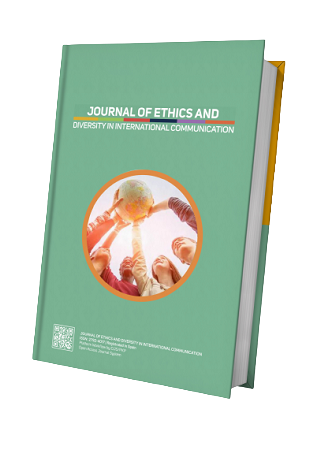Interaction Effect of Animation Teaching Strategy on Students’ Achievement in Climate Change
Keywords:
Interaction effect, animation teaching strategy, secondary school, students’ achievement, climate changeAbstract
This study investigated the interaction effect of animation teaching strategy on secondary school students’ achievement in climate change. Three objectives, research questions and hypotheses each, made up the study. The research design used was a quasi-experimental design, which involves two groups, the experimental (Animation), and the control (Conventional) group. The population of the study comprised of the entire SS3 science students in North Central Nigeria. Intact classes of eighty (151) SS3 science students offering Geography in Senior Secondary Schools made up the sample size for the study. Purposive sampling technique was used to select two schools for the study from two States (Benue and Niger). The purposive sampling technique was appropriate for the study because it encourages subjective selection. Both descriptive and inferential statistics of means (x̅) and standard deviations was used to answer the three research questions. Analysis of Covariance (ANCOVA) was used to analyze the research hypotheses at a significant p-value of 0.05 (5%) confidence level. The findings of this study confirmed that animation teaching strategy (ATS) is effective in enhancing secondary school students’ achievement in climate change. Based on the findings, it was recommended among others that Animation teaching strategy should be adopted in teaching and learning of climate change and other environmental education related concepts in Nigerian secondary schools.








